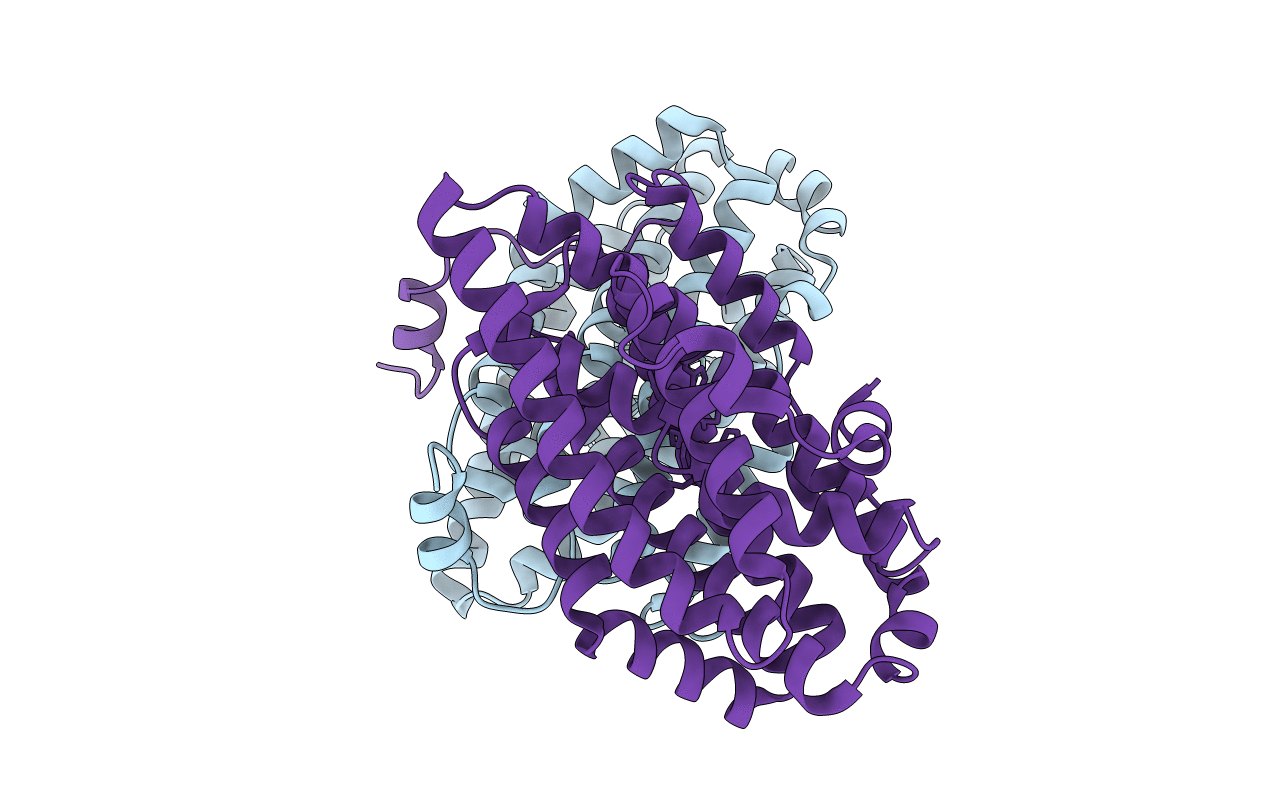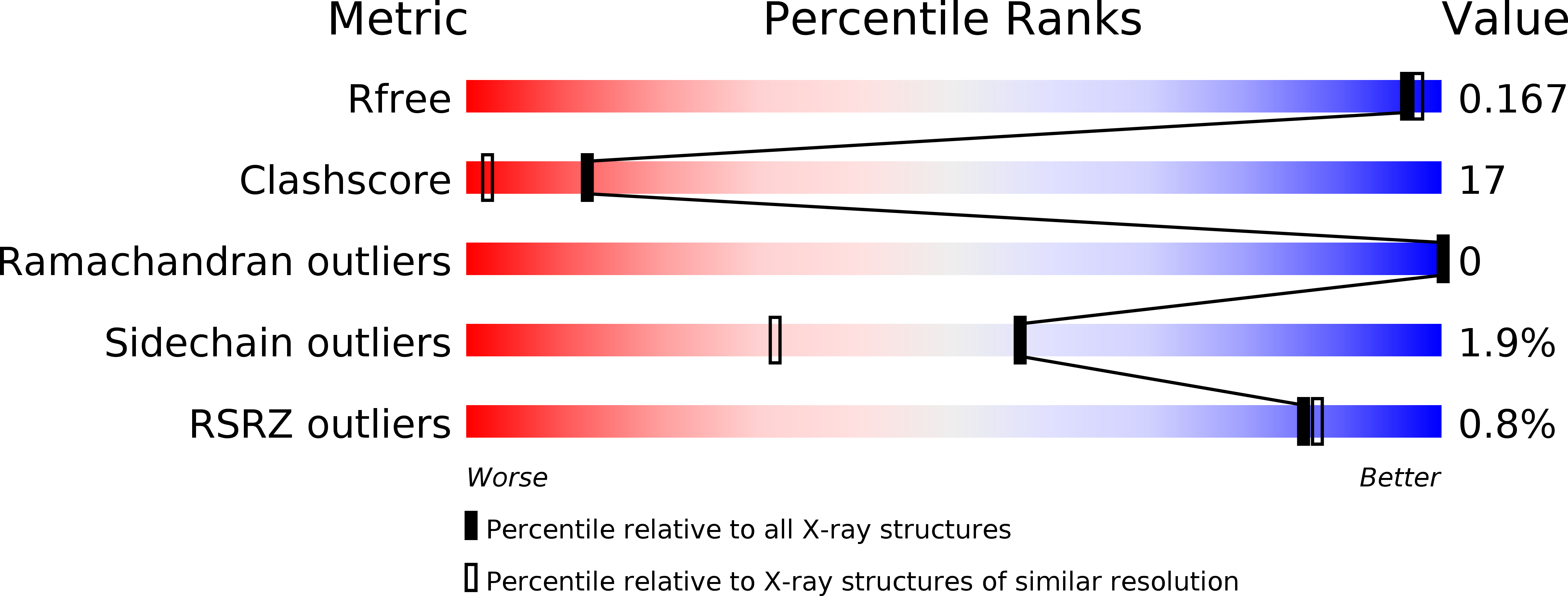
Deposition Date
2008-06-19
Release Date
2008-07-01
Last Version Date
2024-02-21
Entry Detail
PDB ID:
3DHZ
Keywords:
Title:
Apo (iron free) structure of C. ammoniagenes R2 protein
Biological Source:
Source Organism:
Corynebacterium ammoniagenes (Taxon ID: 1697)
Host Organism:
Method Details:
Experimental Method:
Resolution:
1.63 Å
R-Value Free:
0.22
R-Value Work:
0.16
R-Value Observed:
0.16
Space Group:
P 1 21 1


